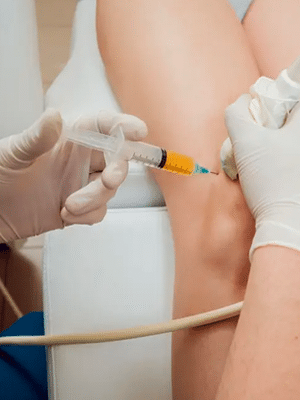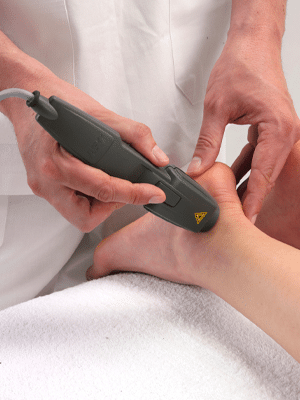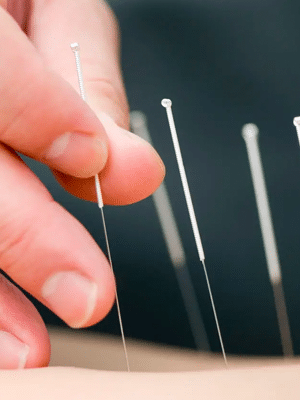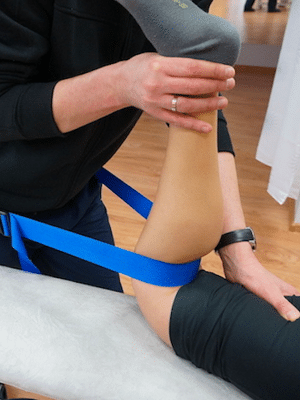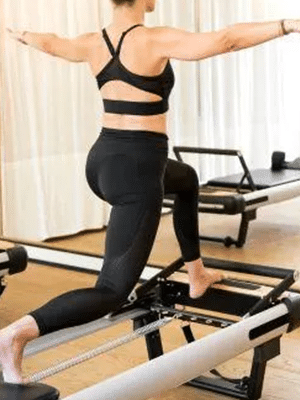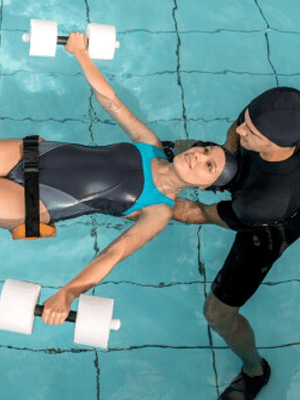Our lower backs play a critical role in our body’s movement, support, and flexibility. This area bears much of our body’s weight during daily activities and is prone to stress and injury. The complexity of the lower back, with its intricate structure of bones, discs, ligaments, and muscles, makes it particularly vulnerable to pain and discomfort.
Lower Back Pain
Lower back pain conditions we can treat
Muscle Strains are common in the lower back due to the high demand placed on these muscles to support the spine. Strains can happen from lifting heavy objects improperly or sudden movements, leading to pain and stiffness in the back.
The symptoms often include a dull, aching pain, muscle spasms, and difficulty moving or standing straight. Patients may also feel pain when trying to bend or lift.
Lumbar Herniated Disc occurs when the soft center of a spinal disc pushes through a crack in the exterior casing. This can irritate nearby nerves and result in pain, numbness, or weakness in the lower back and legs.
Sciatica is a condition that results from irritation of the sciatic nerve, which runs from the lower back down each leg. The hallmark symptom is shooting pain along the nerve’s path, from the lower back through the buttocks and down the legs.
Degenerative Disc Disease is part of the natural aging process where the spinal discs lose their cushioning ability. This can lead to pain and reduced flexibility in the lower back.
Spinal Stenosis is the narrowing of spaces within the spine, which can put pressure on the nerves that travel through the spine. Symptoms include pain, numbness, and muscle weakness that can worsen with walking or standing.
Osteoarthritis of the Spine occurs when the cartilage between the joints and discs in the spine wears down over time, leading to stiffness and pain in the lower back.
Lower back pain assessment
One of our upper body experts will begin by taking a comprehensive medical history to understand the onset, duration, and nature of the lower back pain. They will then conduct a physical examination, which includes palpation to identify areas of tenderness, tests to assess the range of motion and flexibility of the spine, and strength tests to evaluate the muscles supporting the lower back.
Once we identify the issue, we will look at performing one or more of the various treatment options we have at the The Foot, Ankle & Body Experts Health Clinic.
Treatments for lower back pain
Book your appointment today with one of our professionals
The first step in treating knee pain is accurately identifying its cause. At Foot, Ankle & Body Experts Health Clinic, our experienced practitioners use advanced diagnostic tools, including Diagnostic Ultrasound and Bio-Mechanical assessments. In some cases, we may also provide a radiology script for an X-ray to gain further insights.
Once we determine the underlying issue, our team will explore the most effective treatment options tailored to your needs. With a range of therapies available, we’re committed to helping you move with confidence and comfort.

